3582363784
A HISTORY OF
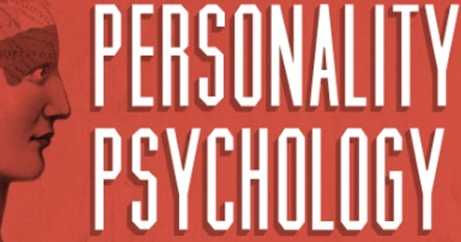
From ancient Greek philosophers to 20th century psychologists, thistimeline chronicles the early development of personality theory and research.
PART 1


HIPPOCRATES CIRCA 370 B.C.
Hippocrates proposed two axes of temperament which combined to form Four Humours. He bełieved that individual differences in personality and behavior could be explained by humoral variances and imbalances.

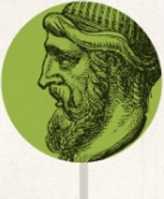
|
ARTISTIC |
SENSIBLE |
INTUITIYE |
REASONING |

Aristotle suggested they contributed to one's social order in society.

FRANZ GALL 18TH CENTURY
Gall believed there were 27 brain areas ' that control functions. He believed that i thoughts were rooted in personality.

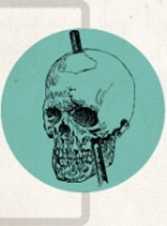
PHINEAS GAGE 1848
A tamping rod went through the side of Gage's face, all the way through the top of his skuli. The brain damage resulted in numerous changes in his personality. This was one of the first pieces of evidence to suggest that personality is tied to specific brain regions.

SIGMUND FREUD 1923
Freud wrote that the human psyche consists of 3 components:
l.THE ID 2.THE EGO 3.THE SUPER EGO
These control all conscious and unconscious thought and therefore behavior.
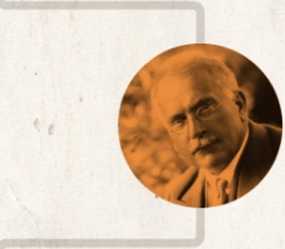
CARL JUNG 1930'S
Jung popularized the terms extraversion and intraversion, laying the groundwork for later work in personality type theory.
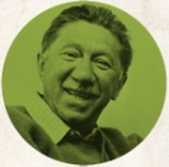
ABRAHAM MASLOW 40'S-SO’S
Maslow's hierarchy of needs proposed that all of human motivation is driven by fulfilling needs in accordance with the principle of self-actualiza-tion, which States that humans are driven to be the best that they can be.

CARL ROGERS 19S9
Rogers built off the ideas of Maslow, arguing that yes, we all strive to achieve our greatest potential but we do so in different ways according to our personalities.
|
STAYED TUNED FOR PART 2! | |
|
CREATED BY | |
|
TIPTAP LAD |
blog.tiptaplab.com |
|
TipTap Lab employs a unique psychological approach to identify the true motivations behind consumer behavior. We distill the key attitudes. emotions. personality traits. and intentions that drive purchasing behavior. providing actionable consumer insights to significantly increase sales. |
^0 Tweet ®tiptap Questions? edyess0tiptaplab.com Cali 1-800-216-S207 |
Wyszukiwarka
Podobne podstrony:
208 Jan Beliczyński His tory ofCRM: From Ancient Clay Tablets, to on Demand Hosted CRM Solutions of
^ Early History of the Alphabet - An Introduction to West Semitic Epigraphy and Palaeography Handboo
T-Mobile © ““ ..i 89%Bi 1:25 PMi ☆ ^ Latin y yEtymology Borrowed from Ancient Greek KeAioi
Ask Me Everything#5 The big four Ancient Greek philosophers Pythagoras Born 495 bce This mathematici
11513 Thomas Pinney A History of Wine in America, From the?ginnings to Prohibition (1989) A HISTOR
DSCF0038 ESSAYS IN SWEDISH HISTORY but from the thrcat - rcal or prospective - of subjection to an o
666 Stalin Cj et ty7 ego; A History of 20th Century Russia Roberta Service’a; The Road to Stalingrad
The Illustrated History of Ammunition TUK ILI-UST RAT KI) IIISTORYAMMUNITION l.X V IKX« Miliwn and c
midas mill Gold! Gold from sea water! Gold to fuef the plots of the llluminati! The Power and Global
Comments and history: Add Comment tiJiJ 12 Apr, Fri, 09:09am Grzegorz Ułan changed deadline from 26
History of the Fleet Air Arm From Kites to?rriers THE HISTORY Łdl 1-illlaTTOTI
The Postulate of the Neutrino There seemed to be no acceplable escape from this dilemma; apparently
I I from 256K bytes up to IM byte. Through the use of easily generated 1 escape sequences, any port
więcej podobnych podstron